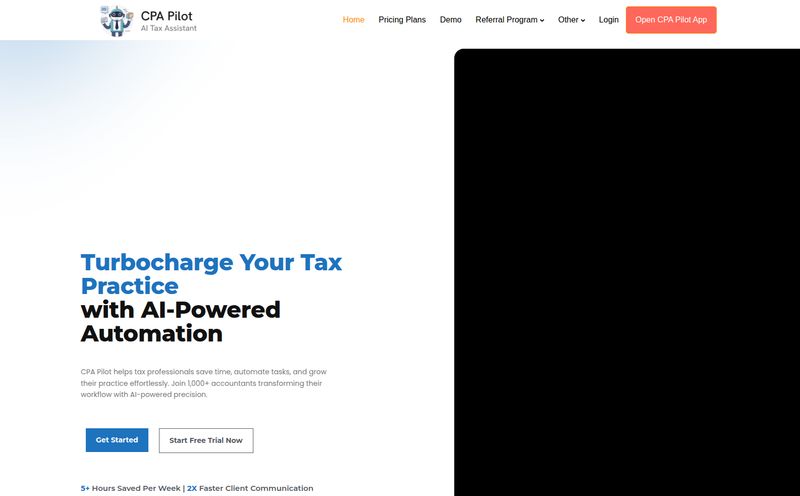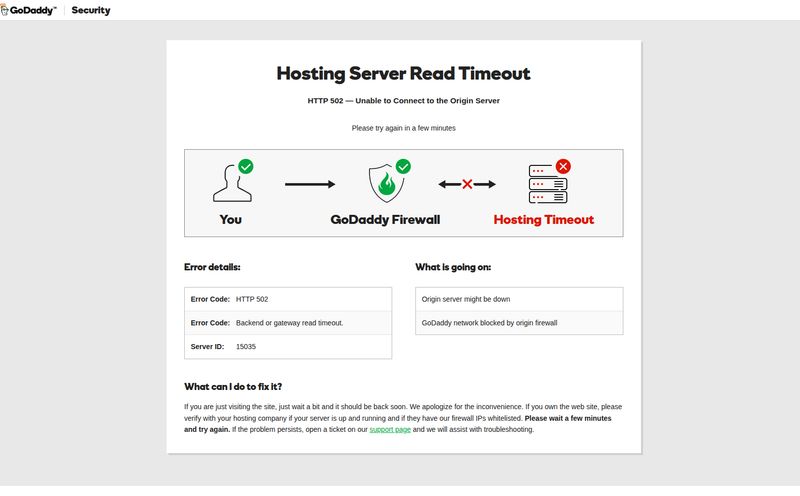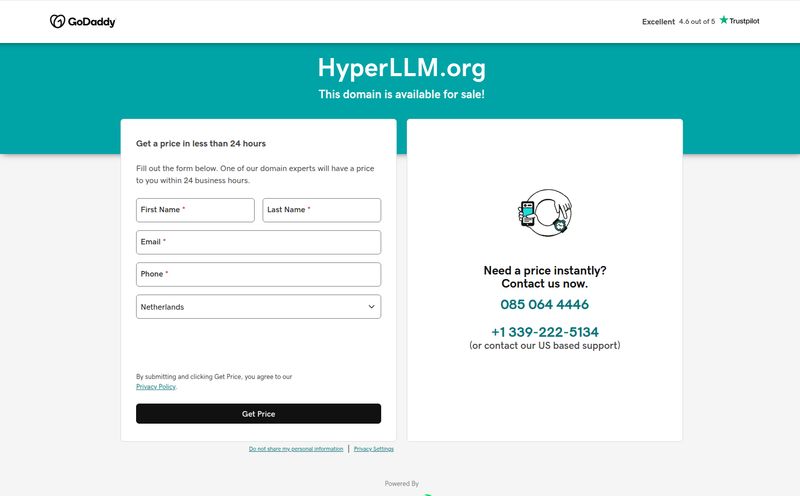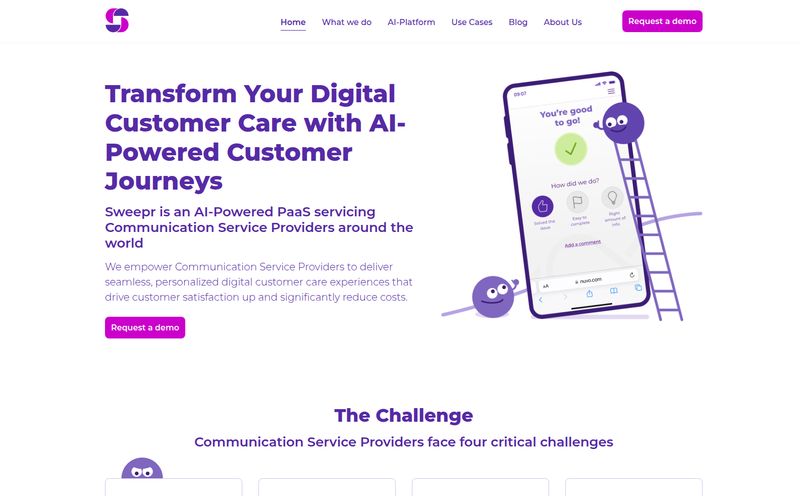Every one of us in the tech space—marketers, entrepreneurs, even some designers—has that one app idea. You know the one. It lives in a dusty corner of a Notion doc, scribbled on a napkin, or maybe it's just a recurring shower thought. The only thing stopping you? The code. The terrifying, expensive, time-sucking wall of code.
For years, no-code platforms like Bubble and Webflow have been the answer. They’re amazing, don't get me wrong. They've lowered the barrier to entry. But they still have a learning curve. You’re dragging, dropping, and wrestling with logic blocks. It’s visual programming, but it's still programming.
Then something like Lovable comes along and says, “What if you could just… ask for what you want?”
Yeah, I was skeptical too. The idea of building a functional web app through a chat interface sounds like something out of a sci-fi movie. But as an SEO guy who's seen every trend come and go, I had to see for myself if this was the real deal or just another gimmick. So, I grabbed a coffee and spent some time with it. Here's what I found.
So, What is Lovable, Exactly?
At its core, Lovable is an AI-powered platform that lets you create and deploy custom web applications by describing them in plain English. Think of it less like a traditional builder and more like hiring a junior developer who is incredibly fast, surprisingly competent, and works 24/7. You type a prompt like, “Create a simple to-do list app with a field for the task and a checkbox to mark it as complete,” and it just… does it.
It’s not just about the initial build, either. The entire process is iterative. You can tell it, “Okay, now add a button to delete a task,” or “Change the background color to a dark grey.” You refine your app through conversation. This conversational approach is what sets it apart. It aims to completely remove the technical barrier, making software creation accessible to anyone with an idea.
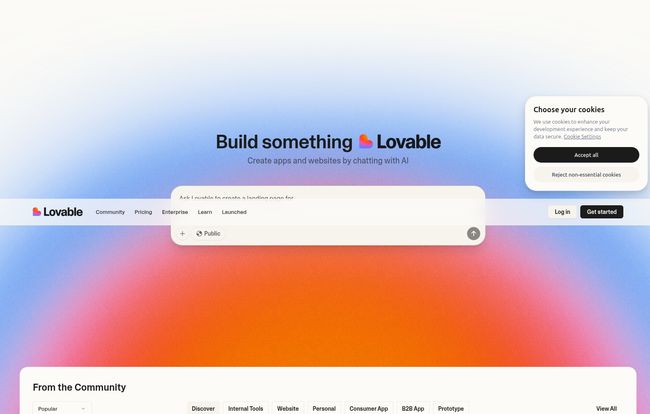
Visit Lovable
How Does This AI Magic Actually Work?
The process is refreshingly simple. You start with a prompt. You're not writing a super-detailed technical spec. You're having a conversation.
For instance, looking at their community showcase, someone clearly said something like: “Build me a dashboard to track cryptocurrency prices using the CoinGecko API.” And boom, there it is: a slick, dark-mode crypto dashboard. Another user wanted a “landing-simulator-sorcery”... and while I have no idea what that is, it looks cool and proves you can get creative. Someone else built a “forklift-navigator,” which is probably an internal tool for a warehouse. This shows the incredible range from personal projects to real business solutions.
The workflow looks something like this:
- You Prompt: You tell the AI what you want to build in a chat window.
- It Builds: The AI interprets your request, writes the code, and deploys a live version of your web app. You get a real URL you can visit immediately.
- You Iterate: You look at the app, see what you like and what you don't, and go back to the chat. “Can you make the header bigger?” “Add a login page.” “Connect this form to a database.”
This loop continues until you have the app you envisioned. It feels less like engineering and more like art direction. You’re the visionary, and the AI is your incredibly efficient hands.
Who Is Lovable For? (And Who It’s Not For)
This is the big question. Is this tool for everyone? Not quite. But for certain people, it's a potential game-changer.
The Dream for Non-Coders and Idea-People
If you're a startup founder, a marketer with a campaign idea, or a designer who wants to build a functional portfolio, Lovable is aimed directly at you. You can finally build that MVP (Minimum Viable Product) over a weekend without having to hire a costly developer or spend six months learning to code yourself. The speed from idea to a shareable, working product is probably Lovable’s biggest selling point.
A Supercharger for Developers?
Now, what about seasoned developers? Will this put us out of a job? I highly doubt it. But it could change how we work. I see developers using Lovable for a few key things:
- Rapid Prototyping: Need to mock up an idea for a client or your boss? You could build a functional prototype in an hour instead of a week.
- Internal Tools: Every company needs them. A simple dashboard, a data entry form, a quick reporting tool. Lovable is perfect for spinning these up without pulling a senior dev off a major project.
- Scaffolding: You could use it to generate the basic boilerplate for a project and then export the code (if that becomes a feature) to build upon.
Where it falls short, and this is important, is in highly complex, bespoke applications. You're probably not going to build the next enterprise-grade SaaS platform with intricate backend logic entirely on Lovable. For that, you still need granular control. And that's okay. It’s about using the right tool for the job.
Let's Talk Features: The Good, The Bad, and The AI
No tool is perfect. Lovable has some brilliant aspects and some trade-offs you need to be aware of.
On the plus side, the speed is just wild. Seeing an application come to life moments after you describe it is a genuinely magical feeling. The user-friendly chat interface is another huge win, it feels natural and intuitive. The ability to iterate quickly means you're not locked into a bad decision; you can just ask the AI to change it.
Now for the reality check. The main drawback is a potential lack of control. By letting the AI handle the code, you're giving up the ability to fine-tune every little detail. For most projects this is fine, but for complex ones, it could be a limitation. You are also, to some extent, reliant on the platform for hosting and maintenance, which is a classic SaaS trade-off. Some might worry about this dependency, or “platform lock-in,” especially for a business-critical application.
Understanding Lovable’s Pricing and Plans
Alright, let's talk money. Lovable has a pretty straightforward pricing structure that seems designed to let you test the waters before diving in. This is smart.
The model revolves around “credits.” Think of a credit as a single major action or build request you give the AI. This is a common way for AI services to meter usage.
| Plan | Price | Who It's For | Key Features |
|---|---|---|---|
| Free | $0 / month | Getting a taste | 6 daily credits (up to 30/mo), 3 public projects |
| Pro | $25 / month | Fast-moving teams | 100 monthly credits, private projects, user roles, remove branding |
| Business | $50 / month | Growing businesses | Everything in Pro, plus SSO, dedicated support, custom integrations |
| Enterprise | Custom | Large organizations | Flexible billing, custom systems, enhanced security |
The free plan is genuinely useful. It’s not one of those crippled free trials; you can actually build and deploy a few small projects to see if the workflow suits you. The Pro plan at $25 feels very reasonable for a freelancer or small team that's actively building things.
Ownership and Tech Stack: The Nitty-Gritty Details
Two questions always come up with platforms like this: “Do I own the code?” and “What is it built on?”
These are critical questions. Based on their FAQ and industry standards, you own the project and the rights to your application. However, the underlying code and platform remain Lovable's IP. The big question is whether you can export the code to host it yourself. This is a crucial feature for anyone looking to scale beyond the platform, and something I'd look for as the platform matures.
As for the tech stack, they don't explicitly state it on the main pages. This isn't uncommon, but for developers, it matters. Is it using React, Vue, or Svelte on the frontend? Is the backend Node.js or Python? Knowing the stack tells you about scalability, performance, and how easy it would be to hire someone to take over the project later. This is a piece of information I'd love to see them be more upfront about.
Final Thoughts: Is Lovable Worth the Hype?
So, here’s my take. Lovable is not just a gimmick. It represents a genuine shift in how we might interact with software creation. It’s the next logical step beyond no-code. Let's call it “no-thought” development—where you focus on the “what” and let the AI handle the “how.”
Is it perfect? No. Will it replace all developers? Absolutely not. But it is an incredibly powerful tool for a specific, and very large, group of people. If you're a non-technical founder who wants to build an MVP, a marketer who needs a landing page with a unique function, or even a dev who wants to prototype at lightning speed, Lovable is, well, pretty lovable.
The best thing you can do is try it. The free plan is generous enough. Go build that app idea that's been sitting in your head. The worst that can happen is you spend an hour playing with some cool new tech. And the best? You might just build something amazing.
Frequently Asked Questions
How is Lovable different from other no-code builders like Bubble or Webflow?
The main difference is the interface. Traditional no-code builders use a visual, drag-and-drop editor. Lovable uses a conversational, chat-based interface. You tell it what to do with words, rather than building it with a mouse.
Can I really build a complex app with Lovable?
It depends on your definition of 'complex'. You can build apps with databases, user authentication, and API integrations. However, for extremely specialized or performance-intensive applications with unique backend logic, you might hit the platform's limits. It’s ideal for simple-to-medium complexity.
What happens when I run out of credits on the free plan?
On the free plan, credits refresh daily (6 per day) up to a monthly cap (30). If you run out, you'll simply have to wait for them to refresh the next day or upgrade to a paid plan for a larger monthly allocation.
Do I own the code my application is built with?
You own your project and the intellectual property of your application. The question of code portability—whether you can download the source code and host it elsewhere—is a key consideration. This is a critical feature for long-term scalability and independence from the platform.
Is Lovable good for building an MVP?
Absolutely. This is arguably one of its best use cases. You can go from an idea to a functional Minimum Viable Product that you can show to investors and early users in a fraction of the time and cost of traditional development.
Can I connect Lovable to other tools and APIs?
Yes, one of the powerful features is its ability to build applications that integrate with external APIs. We see this with the cryptocurrency dashboard example, which likely pulls data from a third-party service. This opens up a huge range of possibilities for what you can build.
